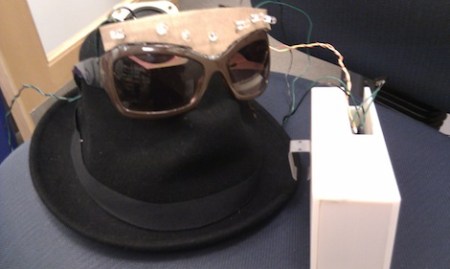
Last Friday, Friday we caught wind of [gvillenave]’s running accessory inspired by Rebecca Black, and we we we so excited, we so excited to bring this to you on Saturday, which comes after Friday.
[gvillenave] came up with the idea of using a song on the annoyance level of “Friday” to encourage a runner into keeping up a good pace. The concept is simple: if the wearer is running fast, the song will speed up. If the wearer is slowing down, the song will slow down and extend the agony.
The build uses an Arduino and [ladyada]’s wave shield coupled to an accelerometer. [gvillenave] included the code, and also wired up some LEDs to a pair of sunglasses that blink more often as the runner’s speed increases. The wave shield has a 3.5mm jack for headphones, but [gvillenave] graciously wired a speaker in, “so that you can annoy people around you, and not just yourself.” All this is packaged in a very nice 3D printed enclosure making for a great looking project.
There’s no word on the effectiveness of the negative reinforcement aspect of [gvillenave]’s build, but we suspect it will help her get down to the bus stop a little faster every morning.
















